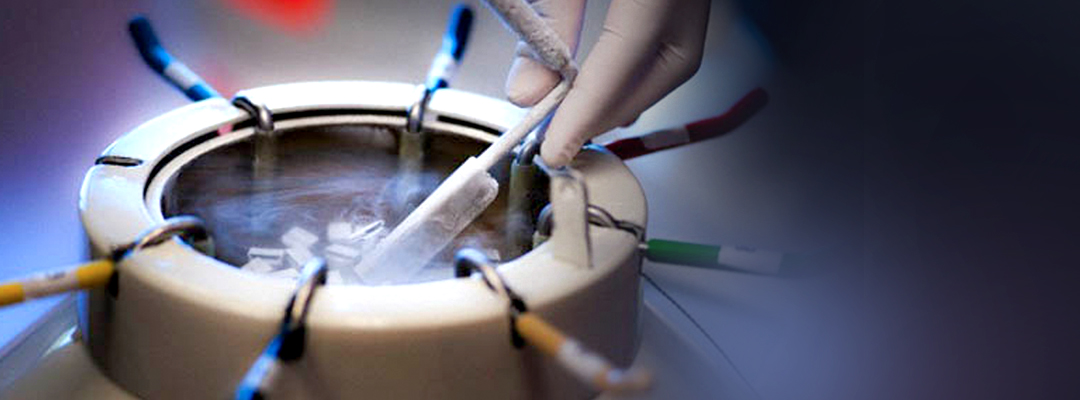
09 Feb Role of Comparative Genomic Hybridization in PGS
A human cell contains 23 pairs of chromosomes. Follicle Stimulating Hormone (FSH) testing enables assessment of only 7-9 chromosomes resulting in embryos, incompetent to develop a successful pregnancy, that remain undiagnosed and get transferred to the offspring.
Using Comparative Genomic Hybridization (CGH), the embryo nucleus is marked using a fluorescent dye and a control cell is marked with red or green color. The two cells are then fertilized on a control metaphase spread. Once this is done, the result is differentiated. If the chromosomal analysis indicates more red color, the embryo nucleus has an extra chromosome. If more of green is evident, the embryo nucleus has one missing chromosome. CGH not only allows the listing of all the chromosomes but also gives a detailed insight of length of the chromosomes, which helps detect imbalance in chromosomes.
At present, this complete process takes not more than 72 hours. Considering the limited viability of embryos in culturing, embryo cryopresevation is vital to achieve an accurate diagnosis. In case of high survival rates, cryopreservation may result in around 30% loss of competent embryos.
Studies have shown CGH protocols that avoid cryopreservation are compatible with embryo transfer on day 4-5 after fertilization. This is achieved by either using microarray-based comparative genomic hybridization (Array CGH) test or using polar body biopsy. They can be visualized under a fluorescent microscope. The number os chromosomes of each type (color) present in that cell are counted. Hence, the geneticist can distinguish normal cells from abnormal cells such as those with aneuploidy.
Array CGH Test
A microarray based Comparative Genomic Hybridization test is the latest test available to analyze the chromosomes. It is a significant invention in the assisted reproductive technology that enables the identification of chromosomal imbalance that cannot be diagnosed through microscope. An accelerated CGH protocol provides results within 24 hours of all the chromosomes.
Polar Body Biopsy Test
Polar Body Biopsy technique works for only female chromosomal disorders. It is a viable alternative to PGD. It is done to determine an oocyte’s ability to survive and promote pregnancy. It is a low-cost, less harmful and minimally-invasive method to detect chromosomal abnormalities.
If you have the passion to learn about state of the ART (Assisted Reproductive Technology) with cutting edge technology under the guidance of Dr. Rita Bakshi & Competent Team, Get admission now by filling the details in the section mentioned below or write us at contact@iirft.com for any query.
